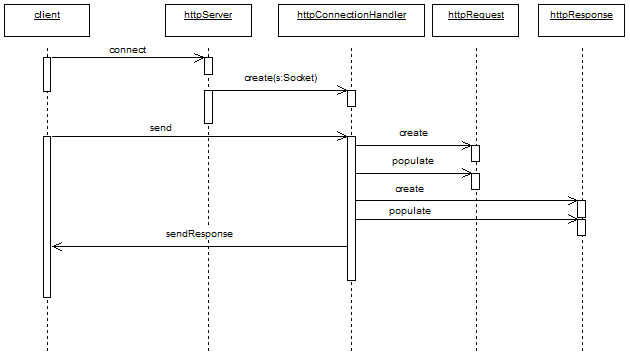

|
Design and Implementation of an HTTP Server
A Simple Network Application in Java |
|
Prof. David Bernstein
|
| Computer Science Department |
| bernstdh@jmu.edu |



